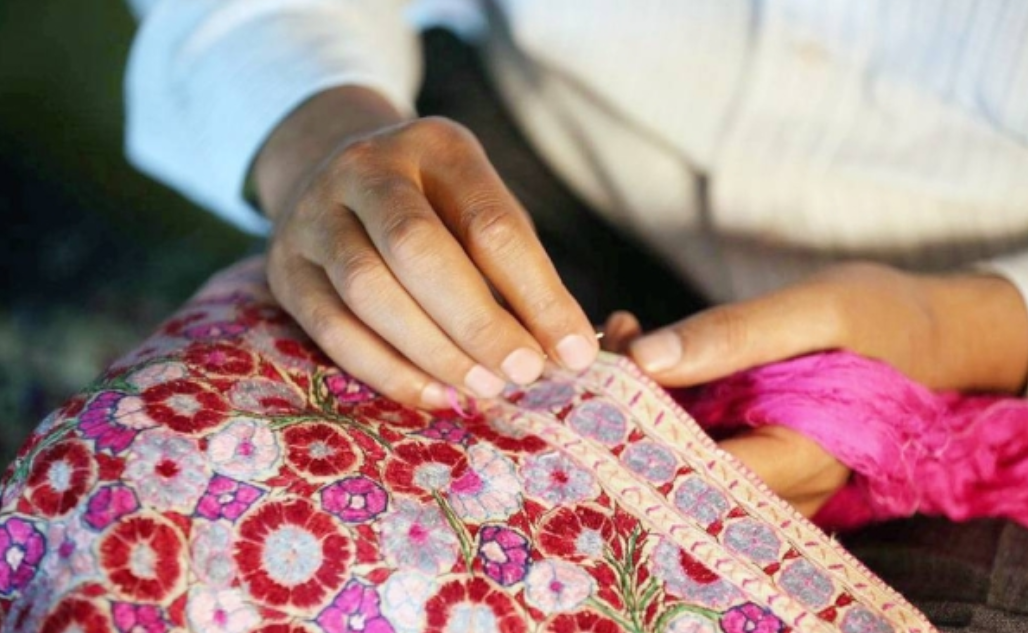
Themes
tribal clothing and textiles
Woolen craft making, jammu & kashmir
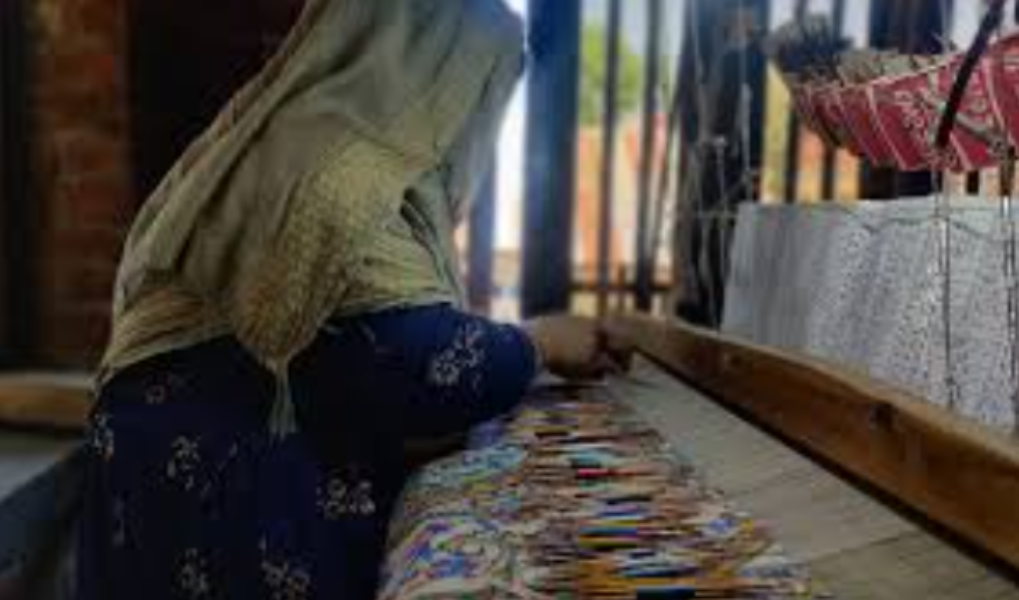
Gujjar, Bakerwal, Gaddi, Sippi, Koli, and Shina/Dard tribes of Jammu & Kashmir inhabit a life of pasture and traditional crafts. These tribes, who are mostly herders, have evolved rich cultures that are dependent upon nature and local resources. Wool craft is an important part of their culture, which allows them to produce strong clothing appropriate for the rugged mountainous conditions. Their craftsmanship is part of their cultural identity and community expression, reflecting a strong sense of attachment to their environment.
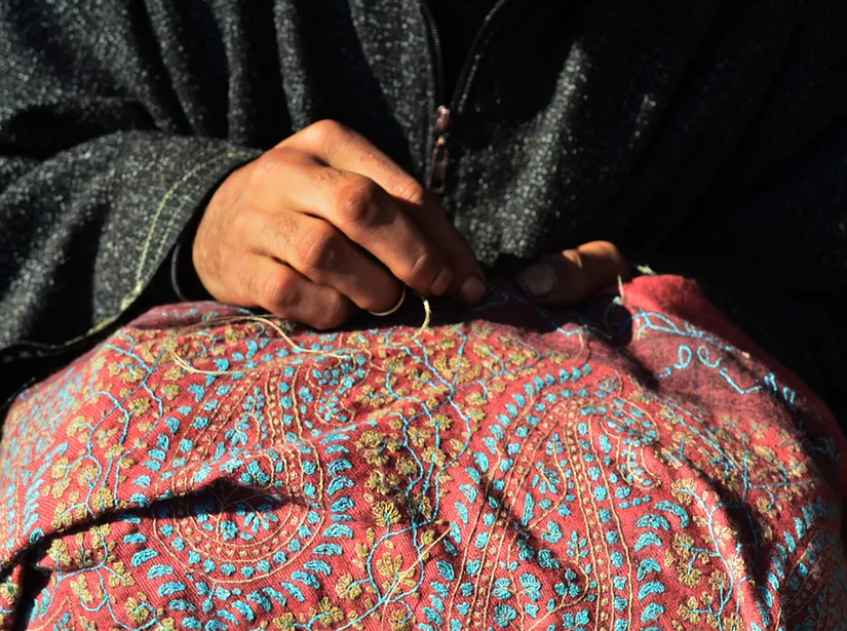
Woolen items such as shawls, socks, and coats are important among the tribes of Jammu & Kashmir, not just for safety from the cold but also as representative of tribal artistry and skill. Every item is carefully designed with special patterns that testify to the tribal background and taste. These products are made to last the tough winters of the place and signify the grit of the communities, which are usually precious family traditions handed down through generations.
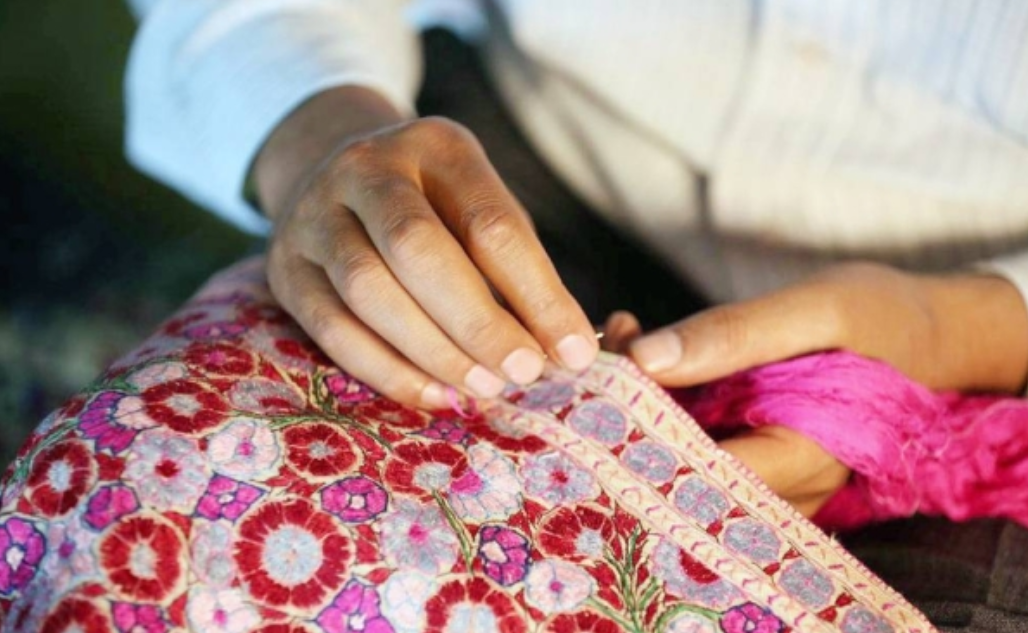
These woolen crafts are made from local sheep wool that is spun, woven, and in some cases dyed using plant-based natural pigments. Wool is chosen for its properties of warmth, strength, and ability to withstand the handcraft processes, especially weaving and embroidery. The usage of whole, pure, fine wool enhances the bulk and weather resistance of the products made for such extreme conditions. The nature of the wool and shade gives the crafts an exclusive look of roughness and naturalism, most often embellished with intricate tribal patterns.
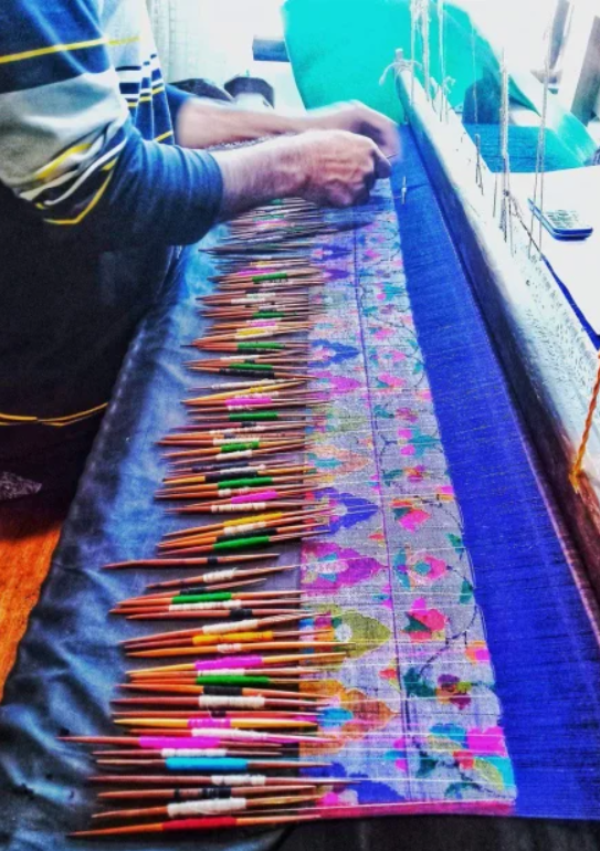
Shawls, socks, and coats play a crucial functional function in keeping such tribes warm and protected during harsh winters. Shawls provide a versatile layering, whereas woolen socks and coats are absolutely necessary for ventures outdoors, such as herding. Apart from their functionality, these wool handicrafts also find use when attending tribal socials, rituals, and migrations by season, testifying to their dual functionality as utilitarian objects and signs of identity. The design on each item bears significance, as it denotes regional affiliation and craft.
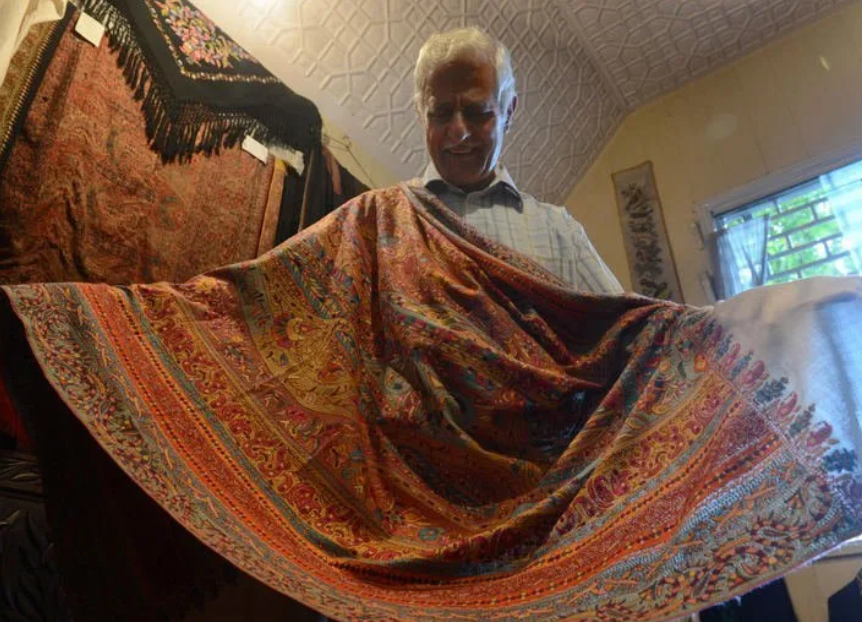
The art of woolen craft is ingrained in the cultural heritage the tribal people of Jammu & Kashmir claim to have learnt from their ancestors. The craft has a huge place in tribal traditions, wherein every product carries patterns and designs that tell the story of the tribe's artistic heritage. The creating process of these woolen products is very much a community affair, with men and women working together. Most importantly, this is an economic opportunity for many, as these products are sold mainly to tourists to encourage cultural exchange.

